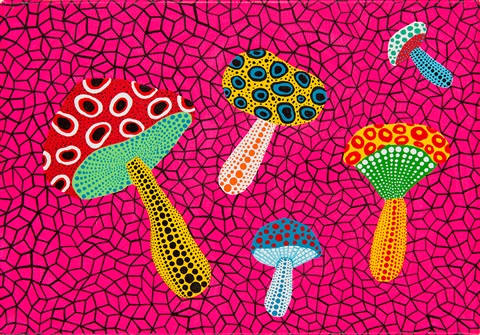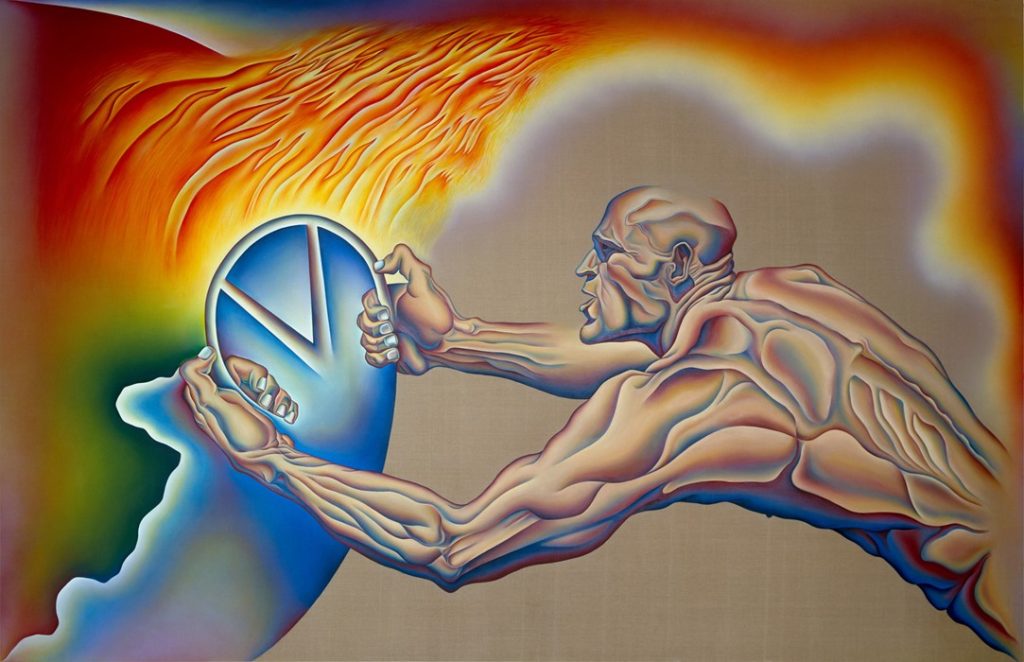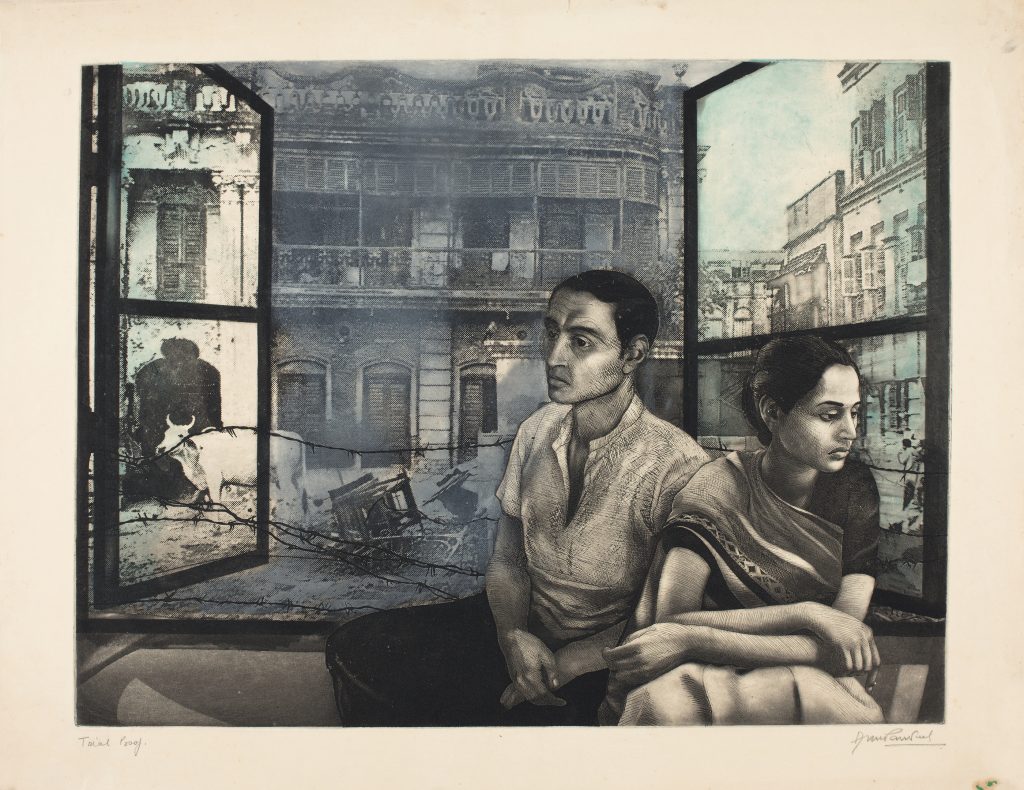Saptarshi Ghosh
Currently 93 years old, Yayoi Kusama has been dubbed the most successful living artist, known for works featuring her signature polka dots. Elaine Sturtevant’s practice on the other hand was far more conceptual, dwelling on questions of authenticity and originality surrounding an artwork. She is best remembered for her reproductions of artworks by other artists, like Andy Warhol.
Neither of their artistic careers followed the typical ‘genius-finds-success’ narrative. Misunderstood, outcasted, relegated, they both had to surmount great odds to find success.
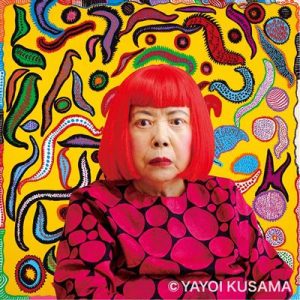
Courtesy: Wiki Art

Courtesy: Wikipedia
This International Women’s Day, let’s take a look back at their careers and celebrate their individual struggles.
Yayoi Kusama
Laura Hoptman, in her evaluation of Yayoi Kusama’s oeuvre, wrote, “Kusama is the Infinity Net and the polka-dot, two interchangeable motifs that she adopted as her alter ego, her logo, her franchise and her weapon of incursion into the world at large.” Indeed, the fascination with the concept of infinity runs throughout Kusama’s works – one which can serve as a parallel to her own indomitable spirit to overcome all odds. Forever provocative in her approach, Kusama has always been at the forefront of daunting experimentations in art, even if it incited shock and outrage. Yet, behind the myth and the persona of Kusama lies the story of a woman who encountered countless challenges to become one of the most important artists alive today.
Born in 1929 in Matsumoto, Japan, Kusama’s childhood was far from perfect. Her passion for art was not well-received by her parents. Apart from being physically abusive, her mother would constantly discourage her in her creative ventures and snatch away her paintings; the young Kusama would rush to finish it before it was taken away from her. It is speculated that this led to the feverish work pace Kusama is known for. Kusama’s father had extramarital affairs and his wife would often enlist her daughter to spy on her husband. This contributed to Kusama’s life-long aversion to sex. Kusama also had her first brush with mental illness in her childhood. At the age of ten, she experienced vivid hallucinations which she described as “flashes of lights” and “dense colour fields of dots”. This is what contributed to her lifelong (artistic) obsession with polka dots.
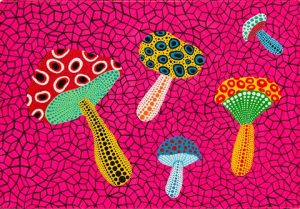
Courtesy: Art Net
Kusama moved to the US in 1957 in order to escape the stifling atmosphere at home. Even though she quickly established a reputation in the avant garde art circles of New York City, her journey was far from easy. In the male-dominated New York art scene, even women dealers were reluctant to exhibit works by women. To make matters worse, Kusama’s male peers would sometimes plagiarise her works and gain recognition. In 1963, Kusama was exhibiting a piece at the Green Gallery, which was a couch covered with phallus-like protrusions. The work received much attention from the viewers and critics. The same exhibition also included a papier-mache sculpture by Claes Oldenburg. Later in the same year, Oldenburg exhibited a few works in soft sculpture, some of which resembled Kusama’s. Even Andy Warhol would borrow her idea of repeating images in the One Thousand Boats Show (1963) and use it in his Cow Wallpaper (1966). These incidents would seriously affect Kusama’s mental health.
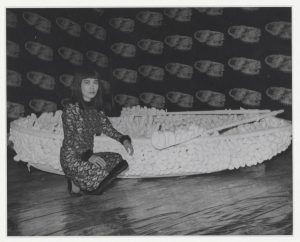
Courtesy: Museum Boijmans Van Beuningen
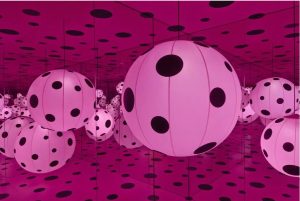
Courtesy: Artsy
Despite her radical innovations and prolific output, Kusama struggled to find acclaim and make financial gains. Being an Asian in the US, she also fell victim to the underlying racism in the art world. In the 1960s, she would be hospitalised frequently from overwork and exhaustion. Georgia O’Keefe, a friend of Kusama’s, would persuade her own dealer to buy Kusama’s works to save her from financial ruin. Her desperation and frustration reached such extremes that she attempted suicide. She would once again attempt suicide after learning of the outrage back in Japan caused by her public performance pieces involving nudity.
In 1973, Kusama returned to Japan, where she was labelled a ‘scandal queen’. With both her physical and mental health failing, she began to churn out surrealistic novels, short stories and poetry. She would once again try to take her life. In 1977, however, she found a hospital using art therapy to treat mental illness, and enrolled herself. She has been voluntarily living there permanently since then, leaving only to work in her studio, which is located nearby. After relocating to Japan, Kusama started from scratch and began to rebuild her career. Demonstrating immense mental strength, she used art to heal from her trauma.
Kusama’s legacy, which was soon forgotten after her departure from the US, witnessed gradual revival from the 1990s with the organising of several retrospectives. In recent years, Kusama has become an icon with admirers all over the globe. The next time you come across one of her scintillating pieces, do pause to reflect on the remarkable journey of this genius maverick!
Elaine Sturtevant
Elaine Sturtevant’s work is a landmark in the history of art. Known for her repetitions of works of other artists, like Andy Warhol and Jasper Johns, Sturtevant’s art throws up interesting questions on the notions of authenticity, authorship and originality. The implications of Sturtevant’s practice, which was informed by postmodernist theory, is very relevant in today’s digital age, characterised by the endless circulation and recombination of images.
Born in 1924 in Ohio, US, Sturtevant gained notoriety in the 1960s for her practice which involved replicating iconic works of other artists from memory. Her aim, however, was not to produce exact replicas; the curator of her 2014 exhibition at the Museum of Modern Art, Peter Eleey, explains, “Though she was clear that her art required significant resemblance to its referents, she was totally uninterested in achieving the fixity of a ‘virtually identical copy’.” The relationship between repetition and difference lies at the core of Sturtevant’s art practice, a concept she owes to Gilles Deleuze’s seminal philosophical text Difference and Repetition (1968). The differences between the multiple versions of the same artwork prompt the viewer to look beyond the surface and discern the underlying conceptual structure of the work. She said, “The work is done predominantly from memory, using the same techniques, making the same errors and thus coming out in the same place.”
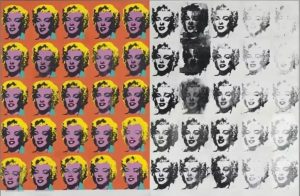
Courtesy: Artsy
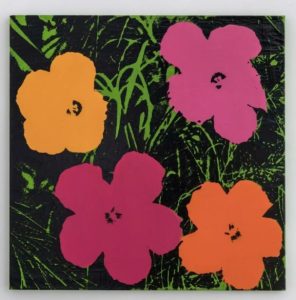
Courtesy: Artsy
Sturtevant’s first exhibition was held in 1965 at the Bianchini Gallery, New York, where she displayed her versions of Andy Warhol’s silkscreened flowers, a Jasper Johns flag, a Frank Stella concentric square, a Claes Oldenburg garment and other paintings suspended from a clothes rack. Sturtevant’s experimentations drew varying reactions from the artists whose works she reproduced. Warhol was very supportive and even gave her one of his silkscreens, so that she could create her own version of his Flowers paintings. However, Oldenburg and Stella were both hostile towards her.
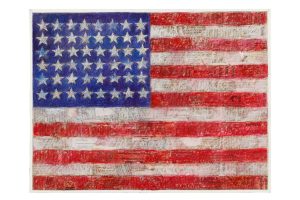
Courtesy: Thaddaeus Ropac
Sturtevant received considerable backlash for her practice, which made her withdraw from the art world for a decade. She re-emerged in the 1980s, now focusing on the next generation of artists, like Robert Gober, Anselm Kiefer and Paul McCarthy. In order to repeat the works of other artists, she even had to master various media like painting, sculpture and photography. Frustrated by the criticism from the American art world, Sturtevant moved to Europe in 1990, expecting better reception of her art. Indeed, European museums embraced her and showcased her works in several exhibitions. In the 2000s, Sturtevant turned to film and video, and began examining the constant repetition of experience in the post-internet age through her art.
Misunderstood by the contemporary art establishment, Sturtevant’s name passed unnoticed in the history of post war American art. It is only in recent years that her works began to attract renewed interest. With appropriation becoming a widely popular technique in the 1980s, Sturtevant’s artistic philosophy began to inspire a younger generation of artists.
Bibliography
- https://www.bbc.com/culture/article/20180925-yayoi-kusamas-extraordinary-survival-story
- https://en.m.wikipedia.org/wiki/Yayoi_Kusama
- https://amp.theguardian.com/artanddesign/2014/may/19/elaine-sturtevant
- https://www.widewalls.ch/artists/elaine-sturtevant
- https://awarewomenartists.com/en/artiste/sturtevant/
- https://ropac.net/artists/83-sturtevant-estate/

